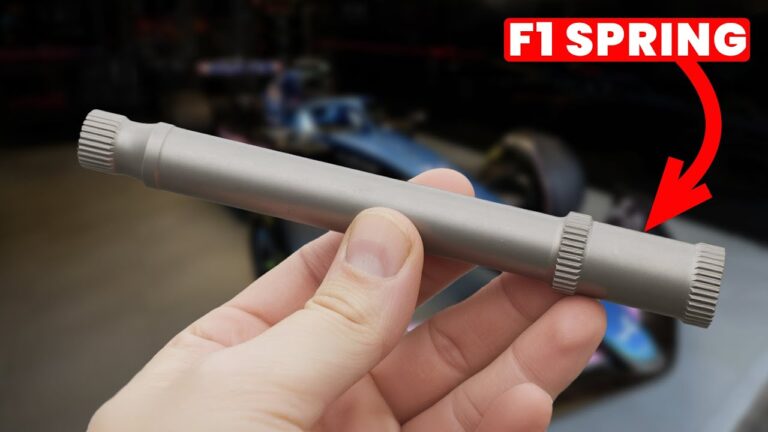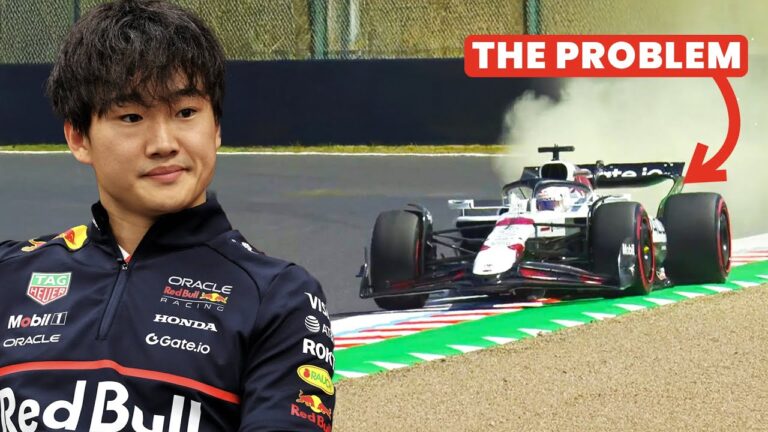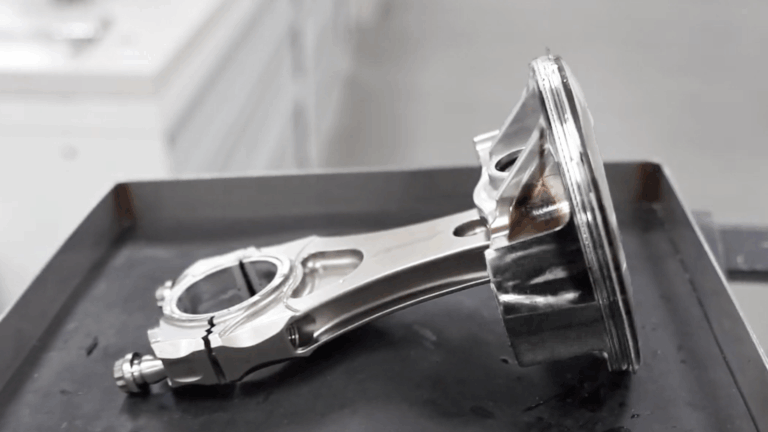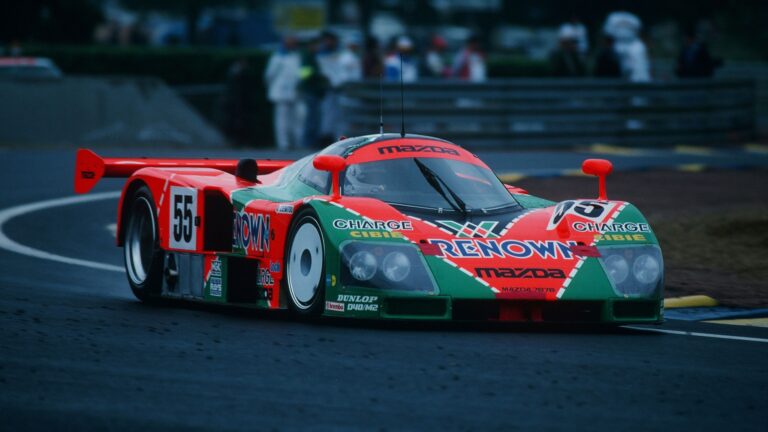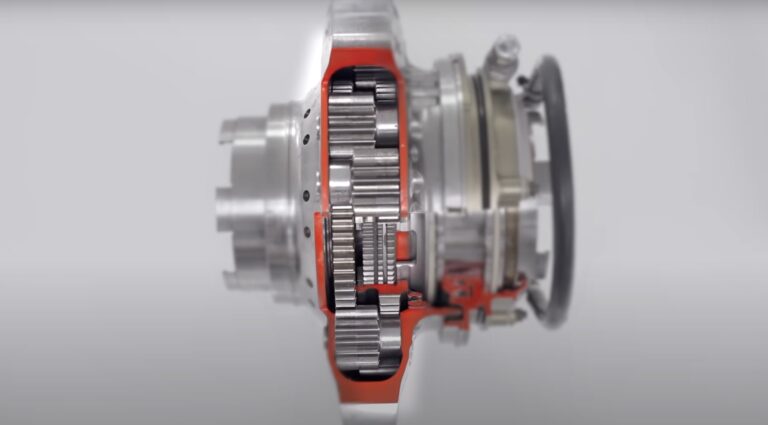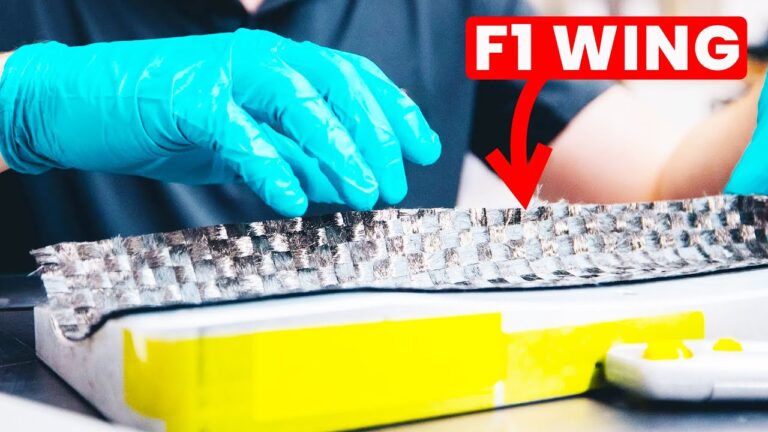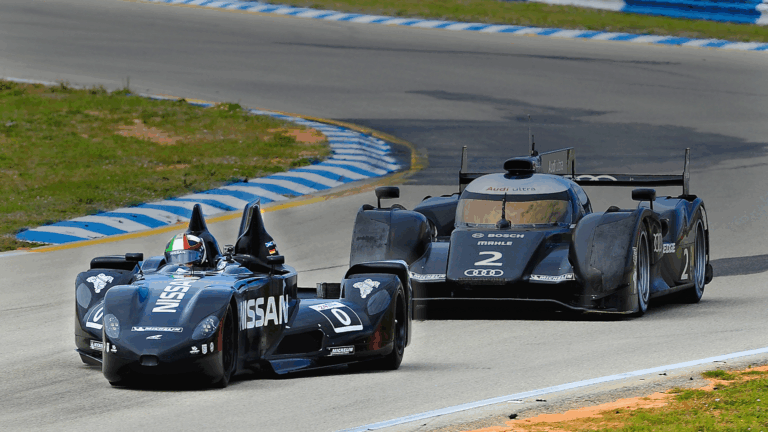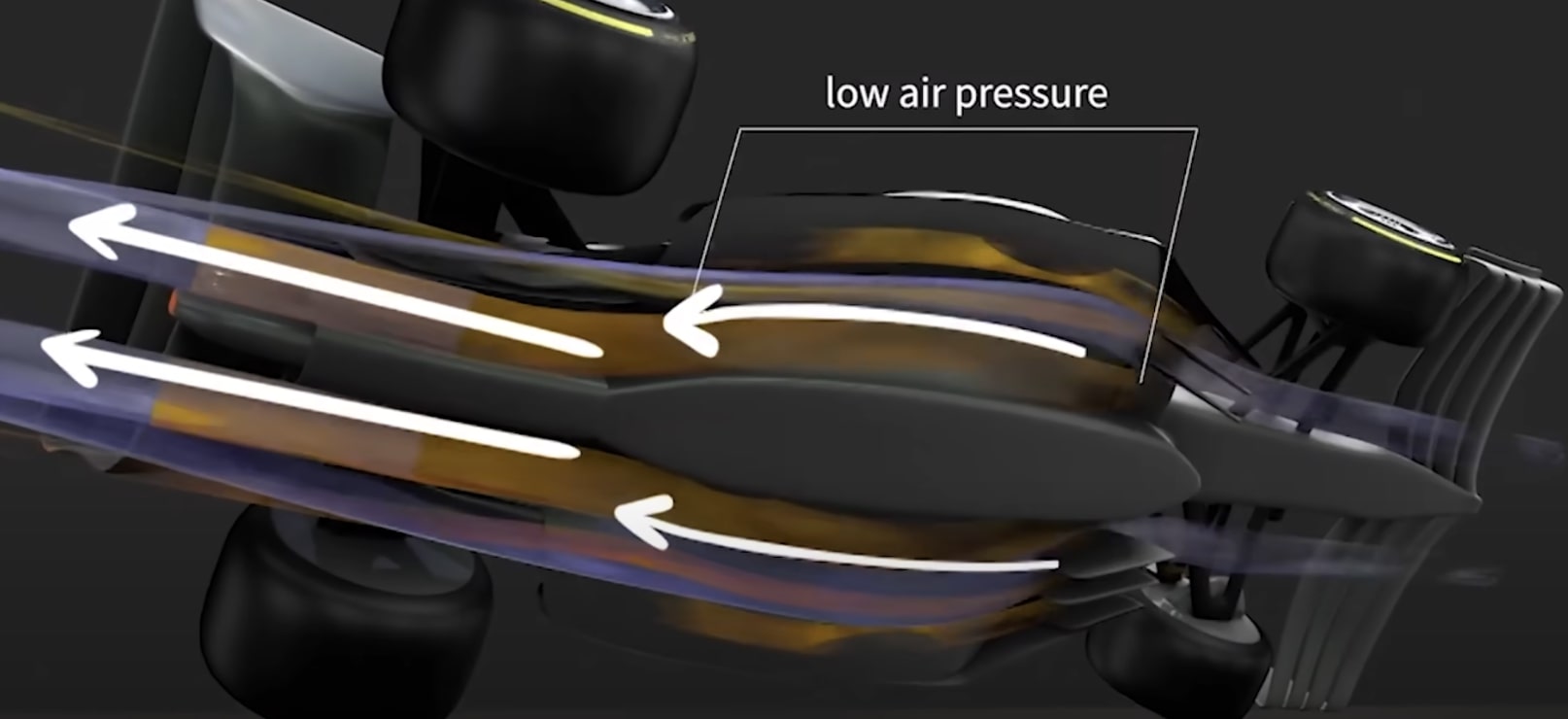
The Intricate World of Formula 1 Car Setups
Formula 1 cars are some of the most complex machines on the planet, where every millimeter matters. Each component, no matter how small, plays a vital role, with hundreds of engineers working tirelessly to ensure nothing is left to chance. This meticulous approach includes why each wheel is set at slightly different angles. Let’s dive into the setup choices that F1 teams make and hear from Max Verstappen’s former performance engineer, Blake Hinsey, for a closer look at what it’s like to set up these machines.
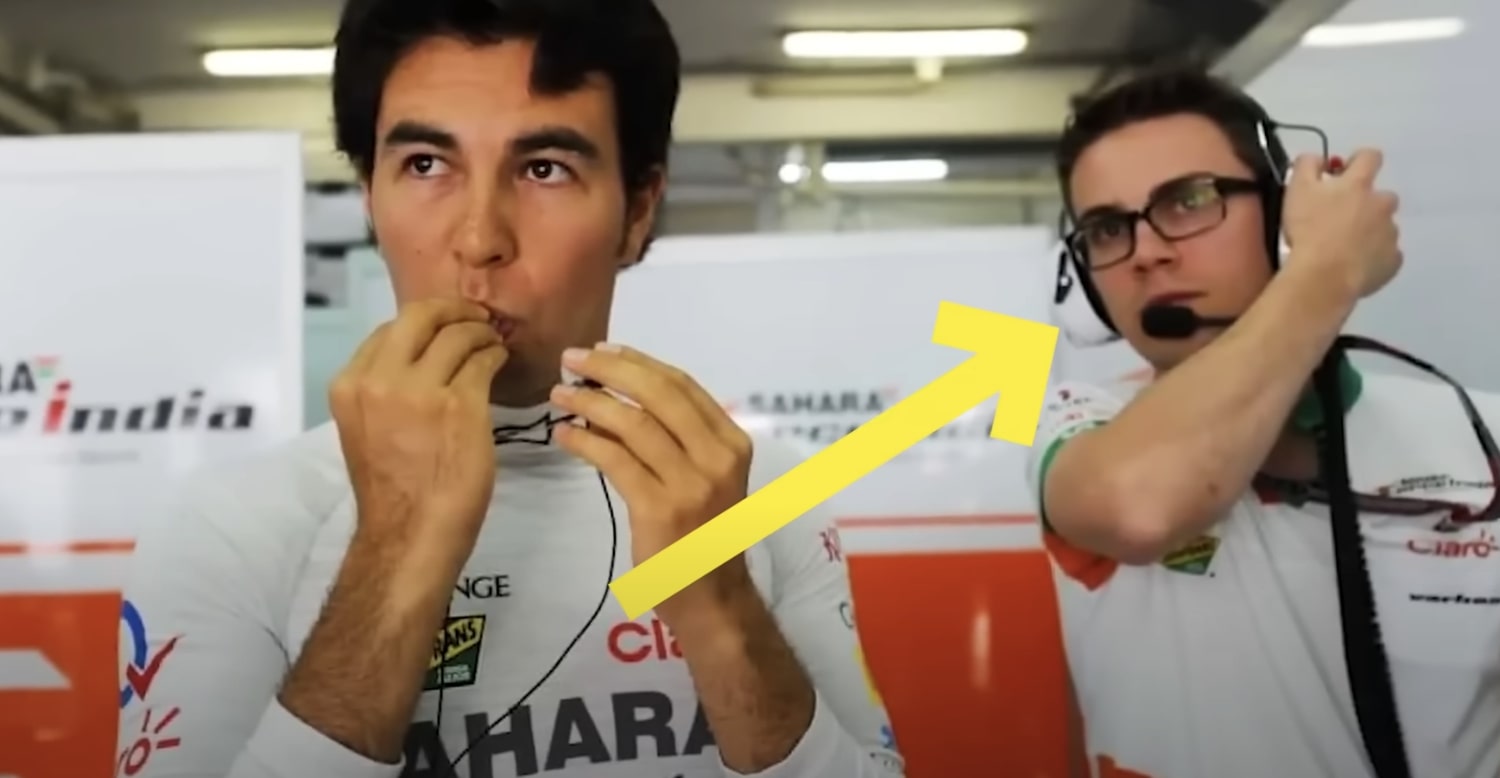
The Contact Patch: More Than Meets the Eye
The contact patch of a Pirelli F1 tire is comparable to the area of a human palm, yet these small surfaces allow cars to generate more than 5G in corners and braking zones. Achieving this incredible grip requires a careful balance of tire pressures, temperatures, and wear patterns. Blake Hinsey explains that teams generally aim to run tire pressures as low as regulations allow. This maximizes the contact patch, enhancing grip but requires enough pressure to avoid issues like buckling.
On track, these tires typically operate at pressures around 25 psi in the front and 23 psi in the rear. Despite F1 teams preferring low pressures for optimal grip, regulations enforce minimum pressures to maintain safety standards, limiting the adjustments teams can make.


Ride Height: The Aerodynamic Edge
Setting the ride height in F1 is crucial, not just for mechanical grip but primarily for aerodynamics. Engineers adjust the car’s front and rear ride heights to control airflow, with many teams favoring a low front for added front-end grip. As Hinsey highlights, ride height adjustments directly impact the ground effect in modern F1 cars, where a lower floor accelerates airflow to generate downforce. However, too low a setting risks bottoming out, which can lead to disqualification due to excessive plank wear – a rule enforced to limit ground clearance for safety.
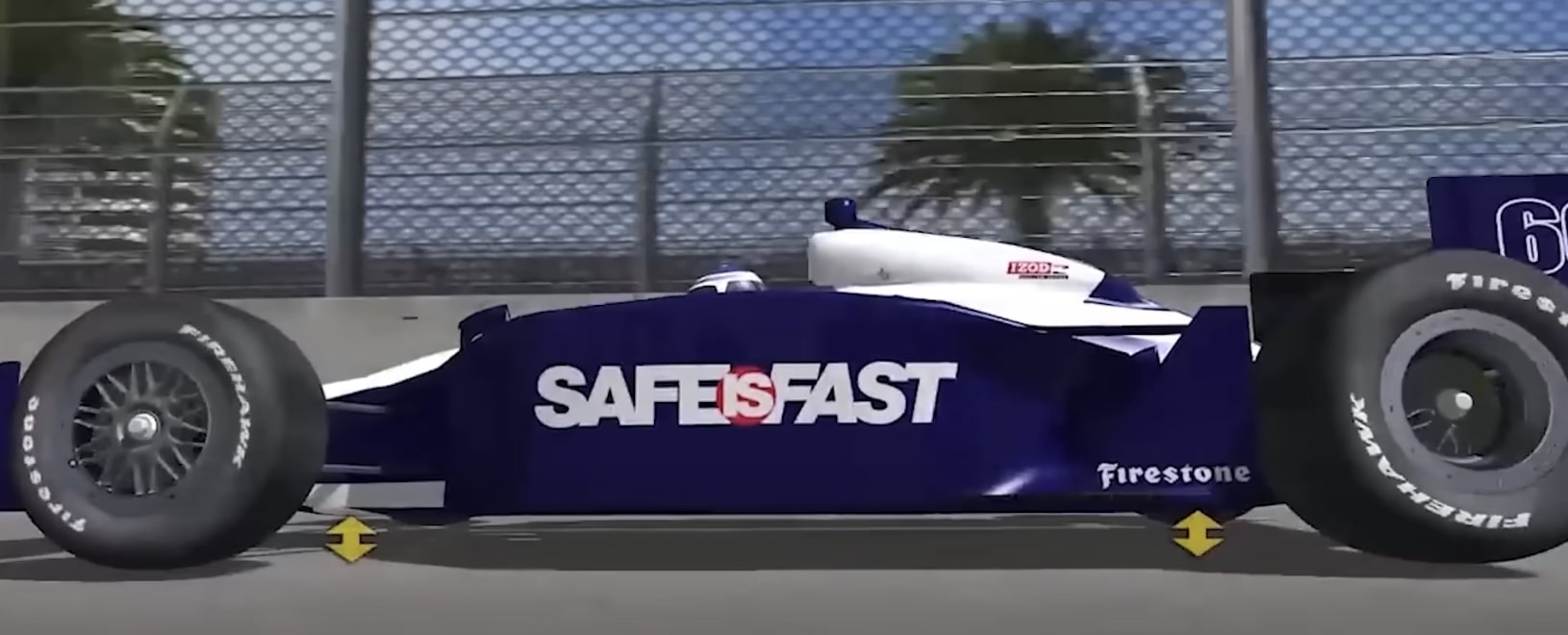
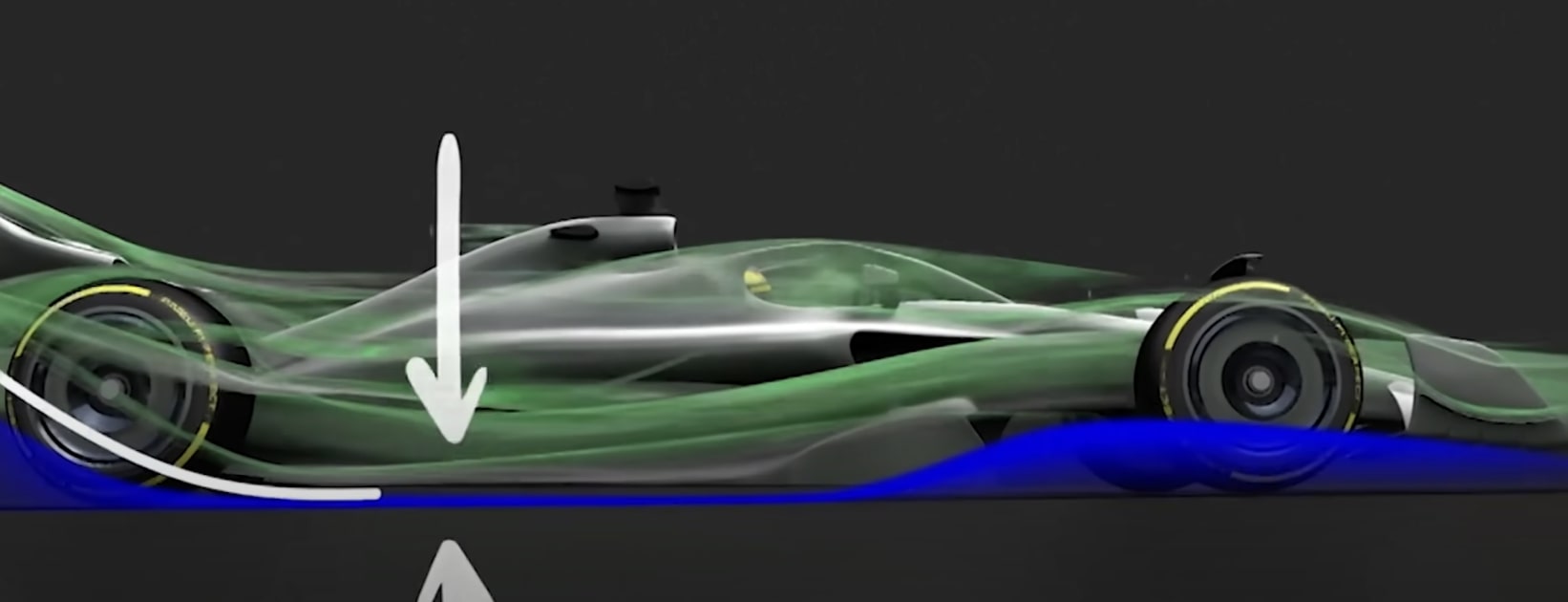
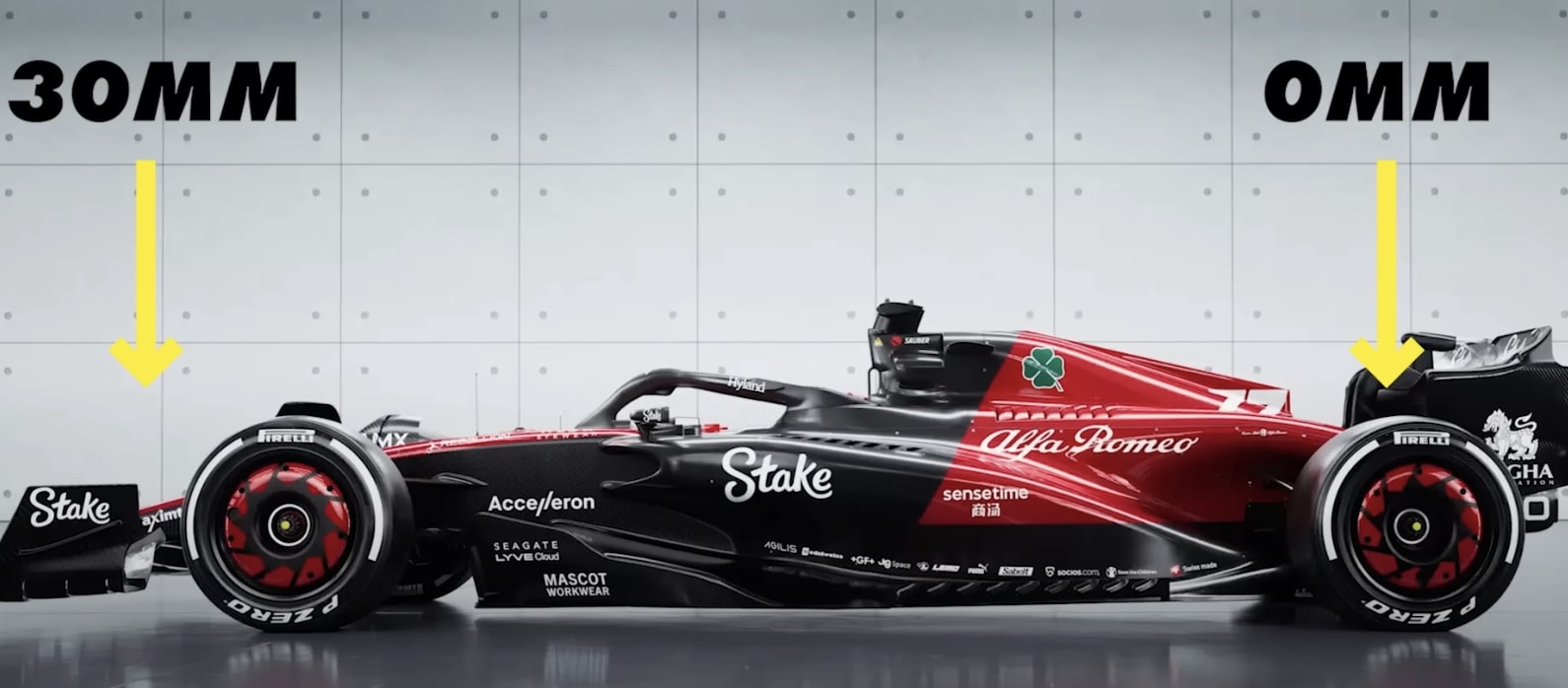

Asymmetry: A Rare but Strategic Setup Choice
While F1 setups are usually symmetrical, there are cases where teams might tilt the car slightly if the track has predominantly high-speed corners in one direction. Such a configuration can yield aerodynamic advantages, though it’s a compromise that teams employ sparingly.
Camber and Caster: The Fine-Tuned Adjustments
Camber, the tilt of the tire, is set to improve grip during cornering. F1 teams generally use negative camber to ensure that tires maintain maximum contact with the track when under cornering loads. While front tires benefit from camber during turns, rear tires prioritize traction during acceleration. Excessive camber, however, leads to increased tire wear and compromised braking performance, hence why camber limits are enforced.
Caster, though less commonly adjusted, influences steering stability. More caster creates a self-centering effect, stabilizing the car at high speeds. F1 cars typically have a fixed caster setting that remains unchanged throughout the season due to its critical impact on handling.
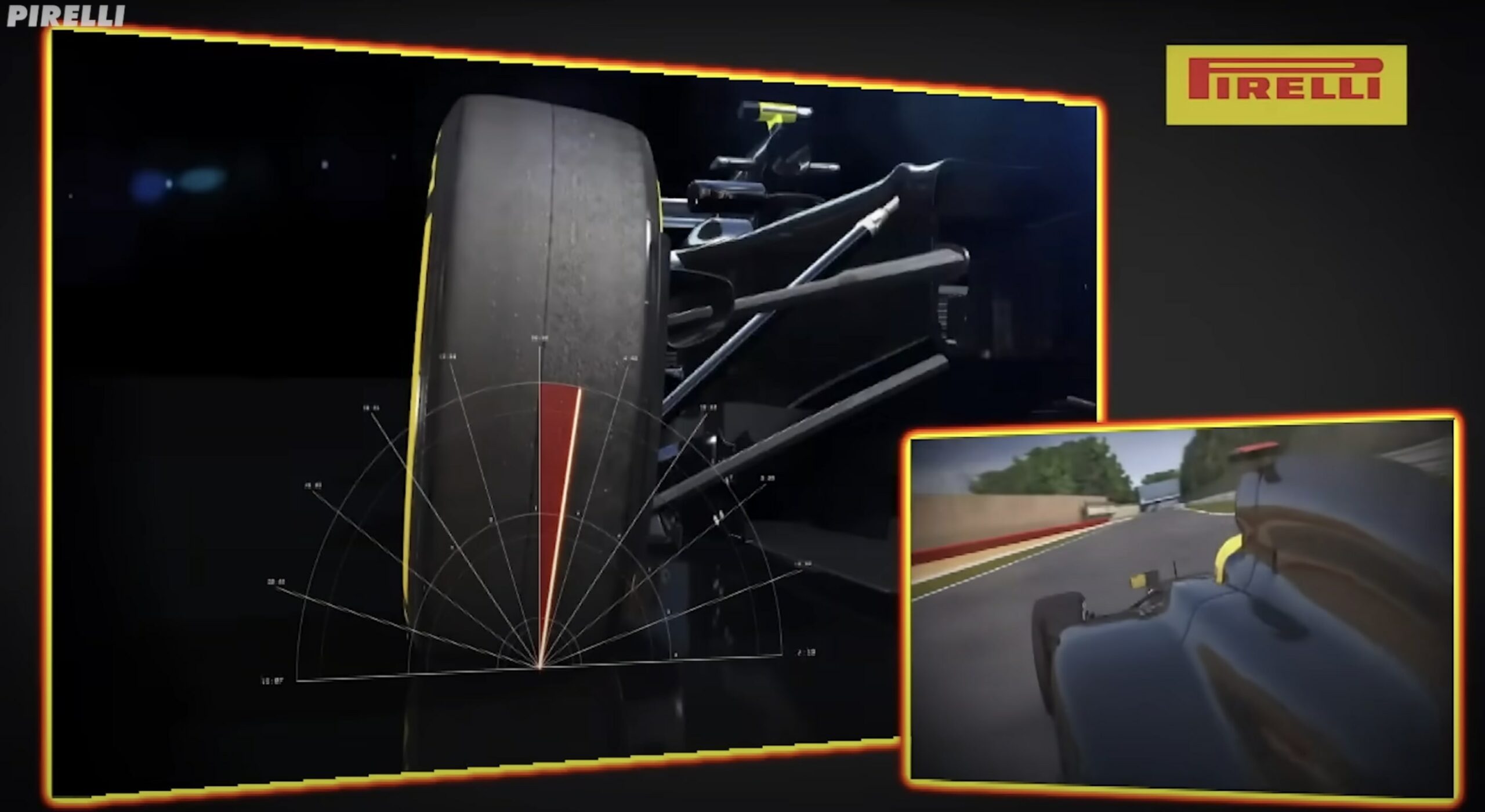

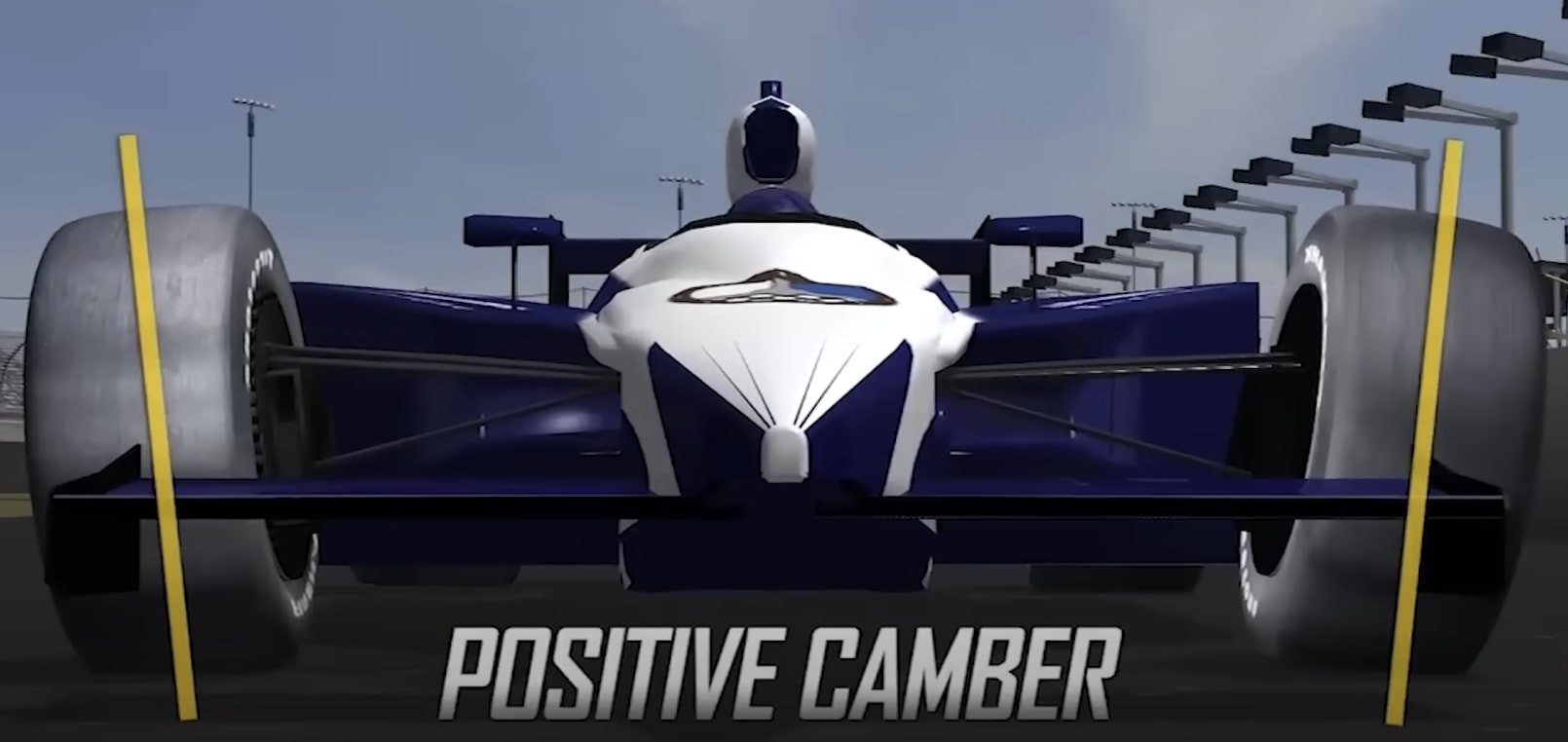
Toe Angle: The Driver’s Touchpoint
Toe angle adjustments alter how tires align with the car’s path, affecting how responsive the car feels through corners. F1 cars usually run a slight toe-out in the front for sharper corner entry and toe-in on the rear for stability on corner exits. The precise toe setup allows drivers to control the car’s rotation more effectively, with even minute adjustments affecting tire wear and temperature.

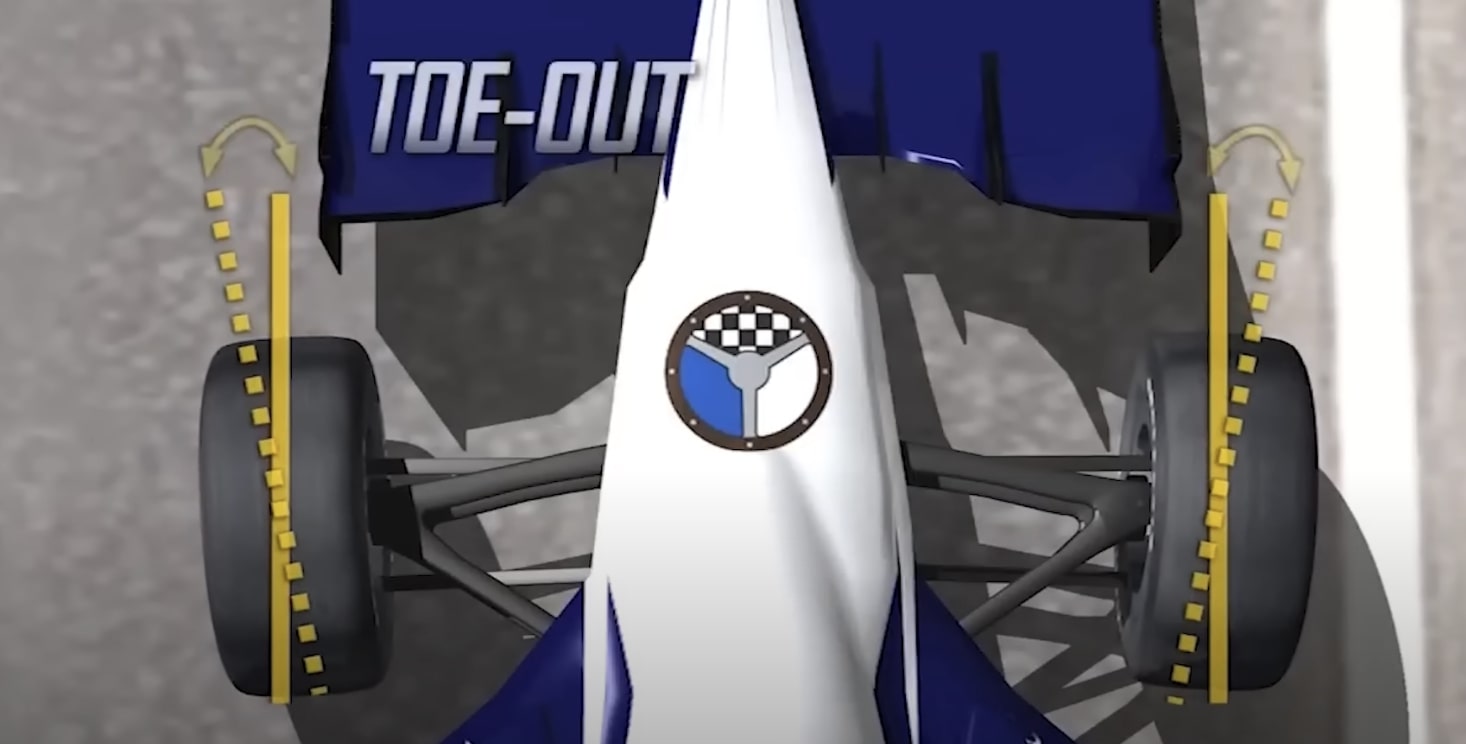
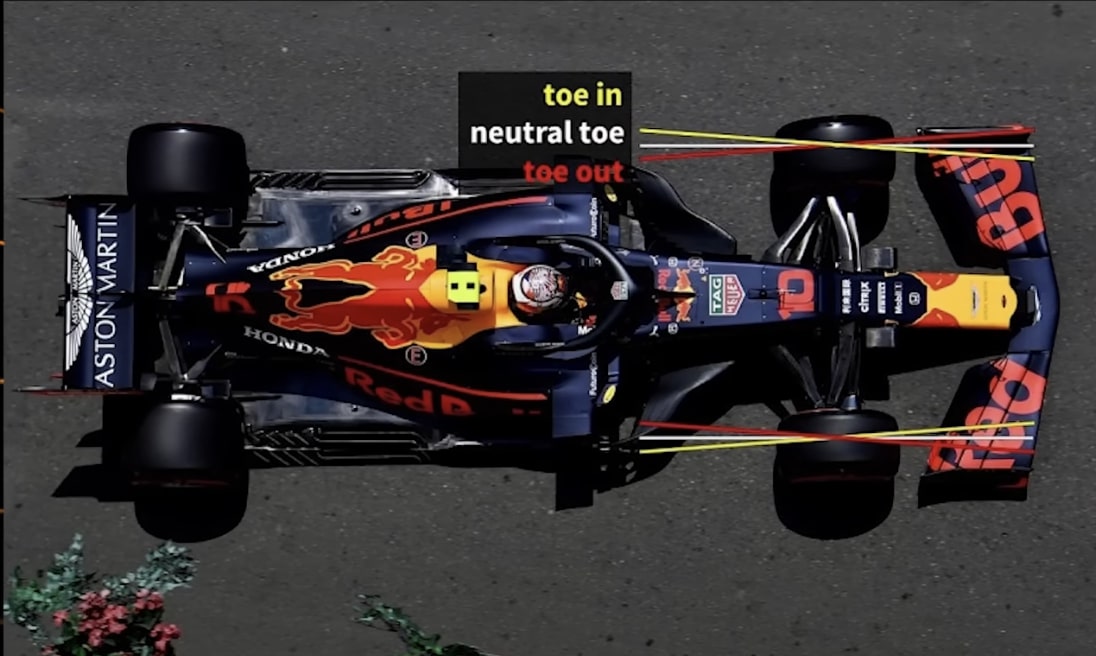
Spring Rates and Anti-Roll Bars: Balancing Stability and Grip
Spring rates in F1 vary based on track conditions. On smooth circuits, a stiffer setup enhances stability, while bumpier tracks like Monaco require softer setups. Anti-roll bars, or torsion bars, are used to manage lateral roll during cornering. They link each axle’s left and right sides, providing added stability at high speeds. Adjusting these bars balances the car’s handling, allowing for tweaks in understeer or oversteer to suit driver preferences.
The Constant Pursuit of Perfection
The Formula 1 setup process is a balancing act where adjusting one element can impact others. Engineers must find the optimal setup that brings the best out of the car, allowing drivers to feel comfortable and confident while staying within performance limits. The goal is to maximize every opportunity for speed without pushing components beyond their designed capacity.
F1 engineers and drivers work as a team to ensure each element of the car setup contributes to peak performance. As technology and data analysis evolve, the precision of these setups continues to push the boundaries of what’s possible, showing that in Formula 1, no detail is too small.




